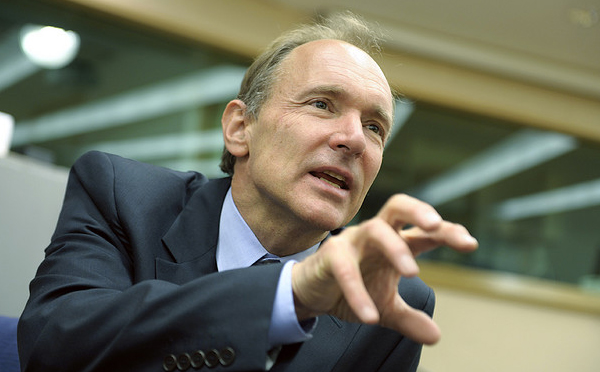home | homework | links | glossary | sitemap | contact

Tim Berners-Lee
“…a simple system with simple rules that would be acceptable to all….” This was the vision of English born, Tim Berners-Lee, credited for inventing the world wide web and founder of the W3C. The creation was born in the 1980’s –following his graduation from Oxford and during his time at CERN— out a desire for a common area in which he could share information and data with other researchers. Built on the concept of linking documents together through hypertext, Berners-Lee wrote the Hypertext Transfer Protocol (or HTTP) in 1990 and designed a method for giving these documents locations on the internet known as a Universal Resource Identifier (URI) and more commonly known today as a URL or Universal Resource Locator.

“Greater openness, accountability and transparency in Government will give people greater choice and make it easier for individuals to get more directly involved in issues that matter to them."[1]
To protect the open nature and accessibility of the internet, Tim Berners-Lee founded the World Wide Web Consortium, or W3C in order to " 'lead the Web to its full potential,' primarily by developing common protocols to enhance the interoperability and evolution of the Web.” (Berners-Lee, 94). Berners-Lee has been recognized throughout the years for his ongoing work and continues to be an inspiration through his talks and interaction with TED, his ongoing efforts with the W3C, and net neutrality.
“Anyone who has lost track of time when using a computer knows the propensity to dream, the urge to make dreams come true and the tendency to miss lunch.” • Interview by Kris Herbst for Internet World, June 1994
^ "Ordnance Survey offers free data access". BBC News. 1 April 2010. http://news.bbc.co.uk/1/hi/technology/8597779.stm. Retrieved 3 April 2009.